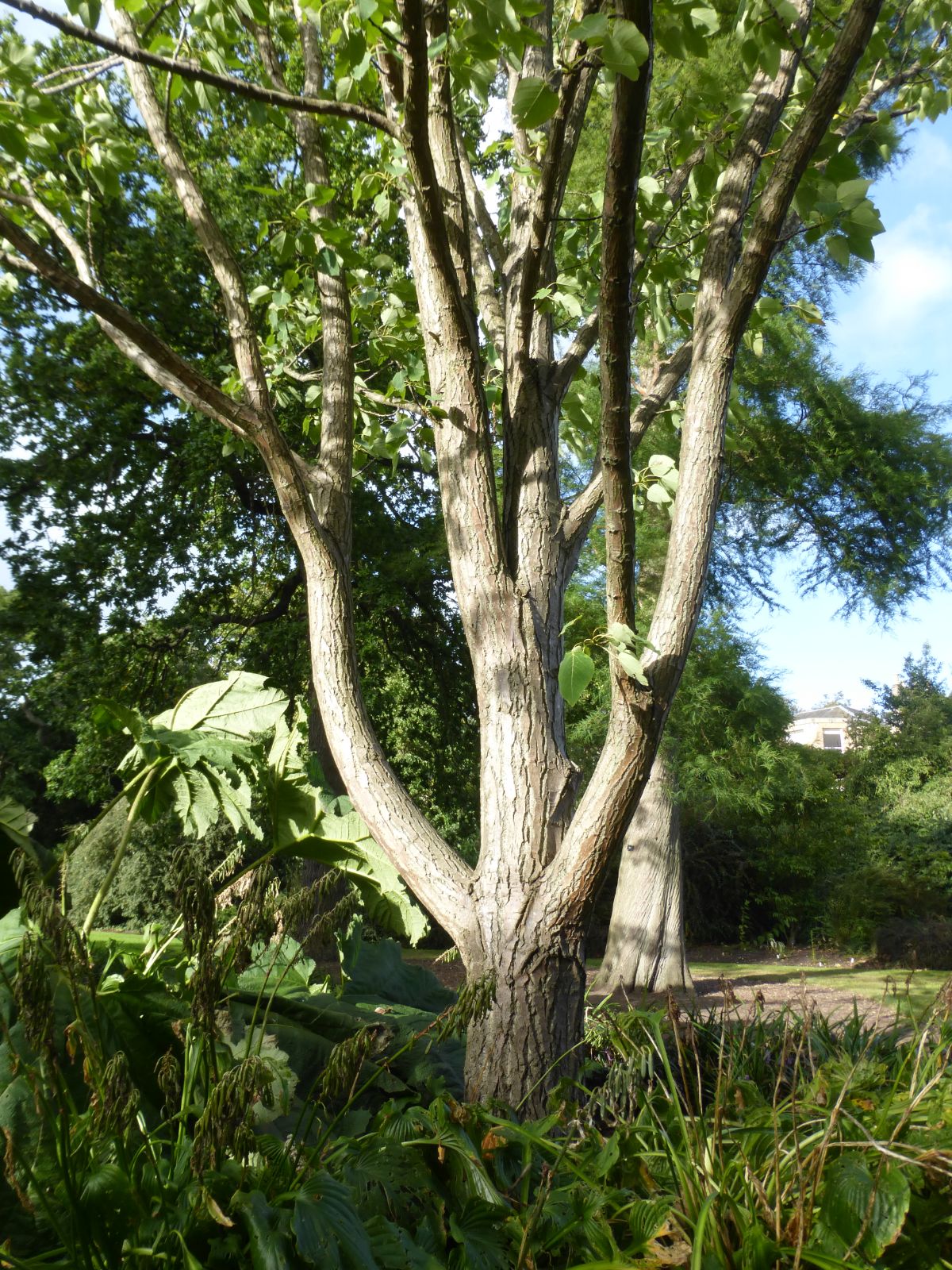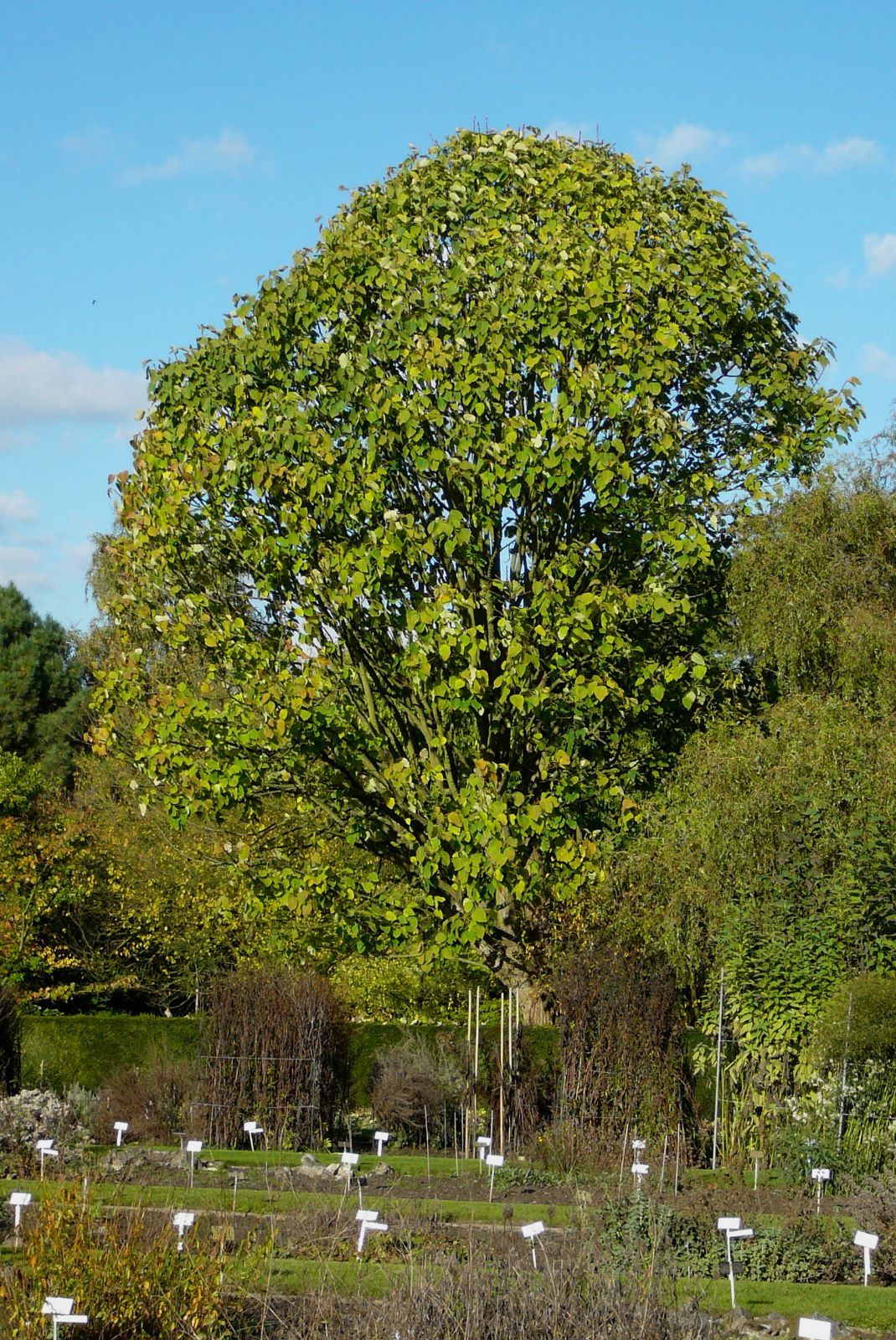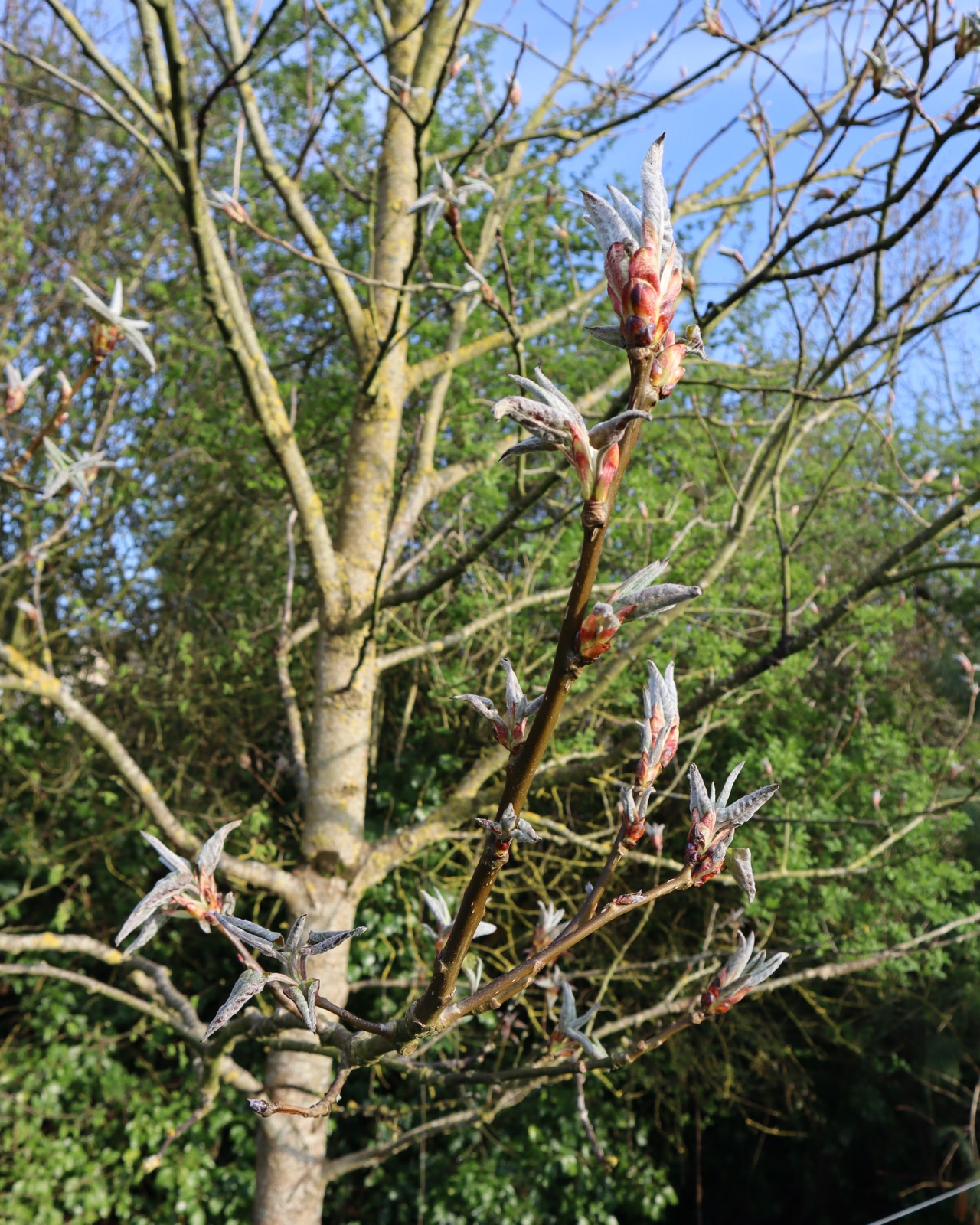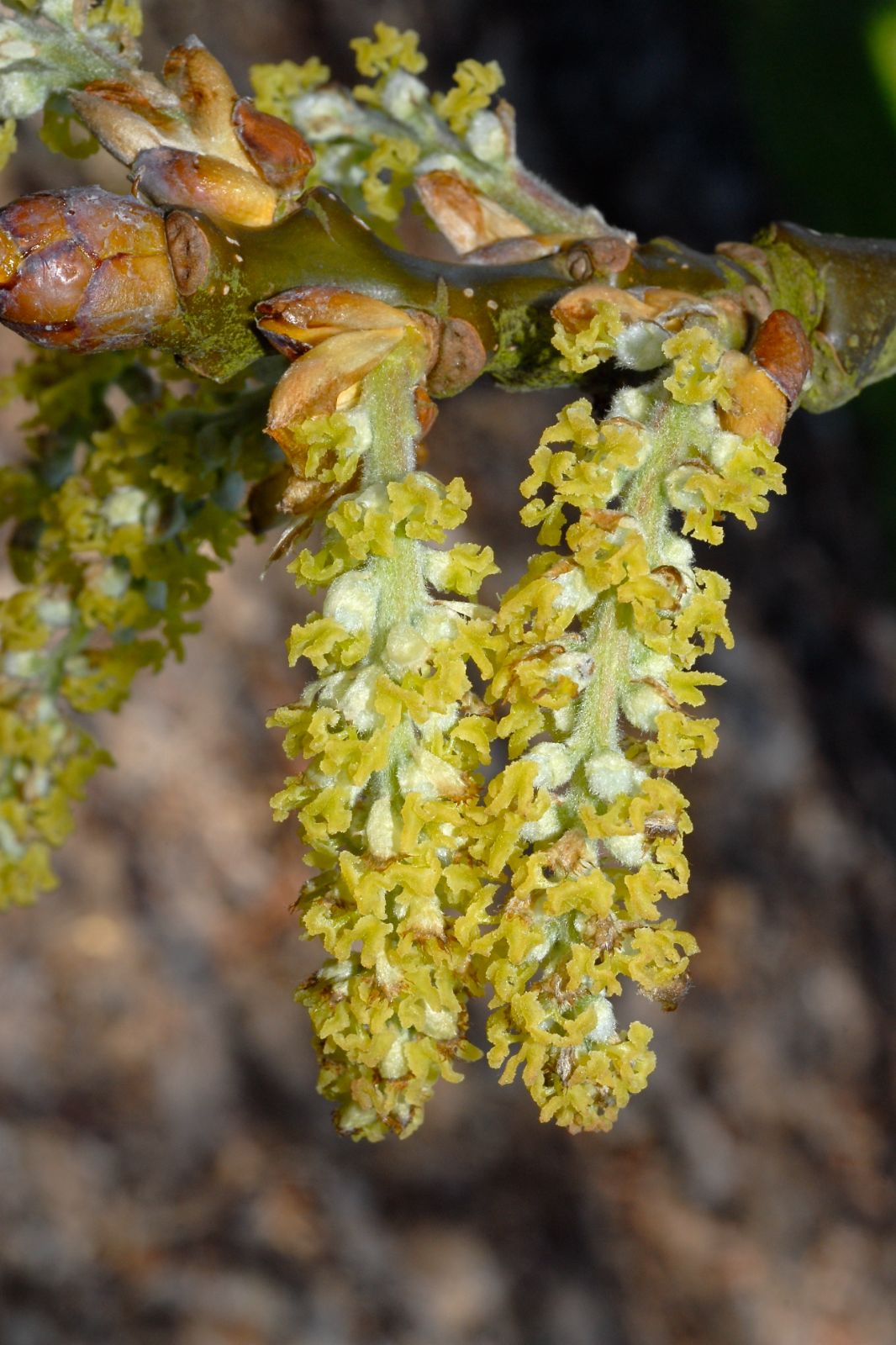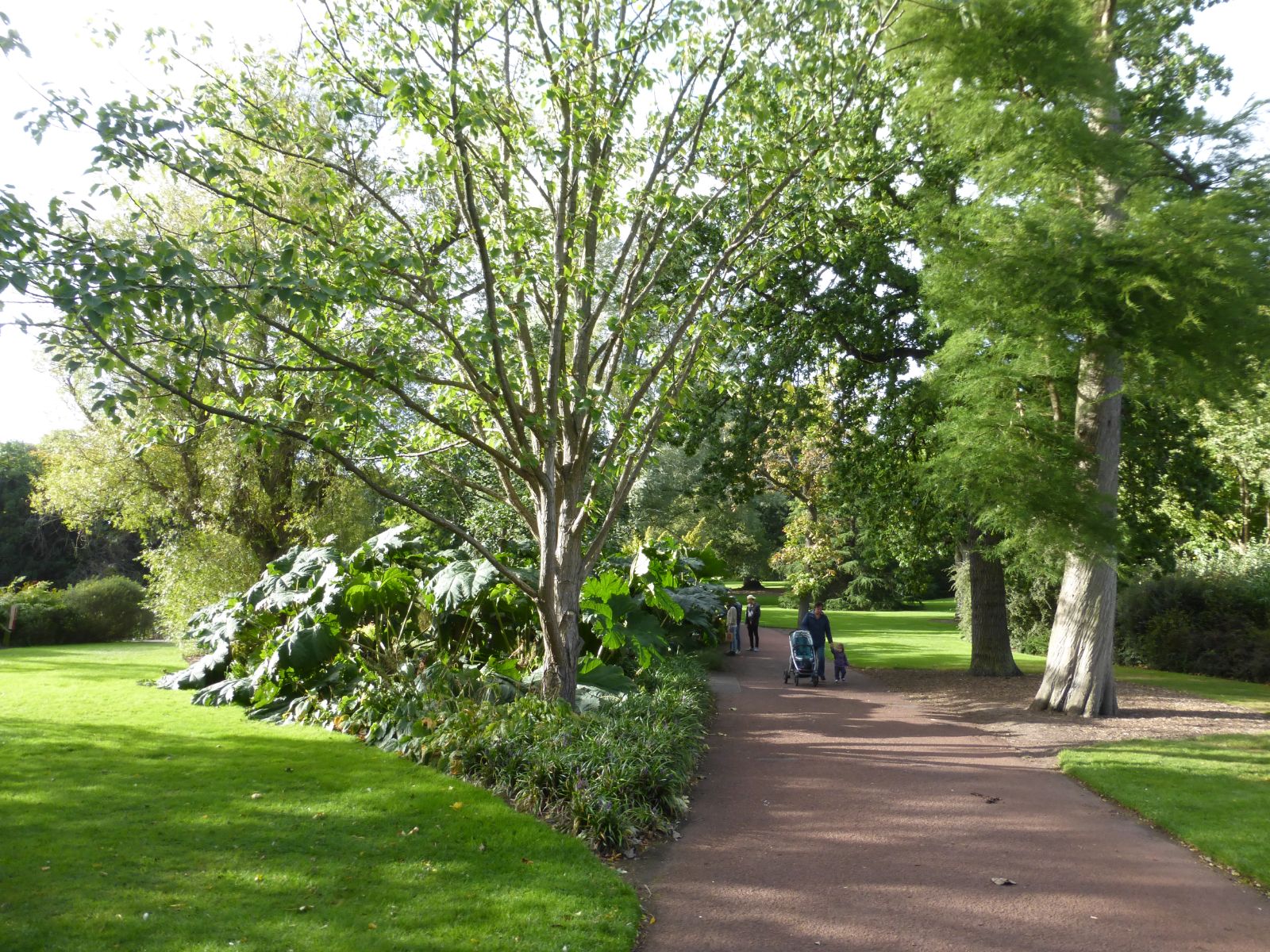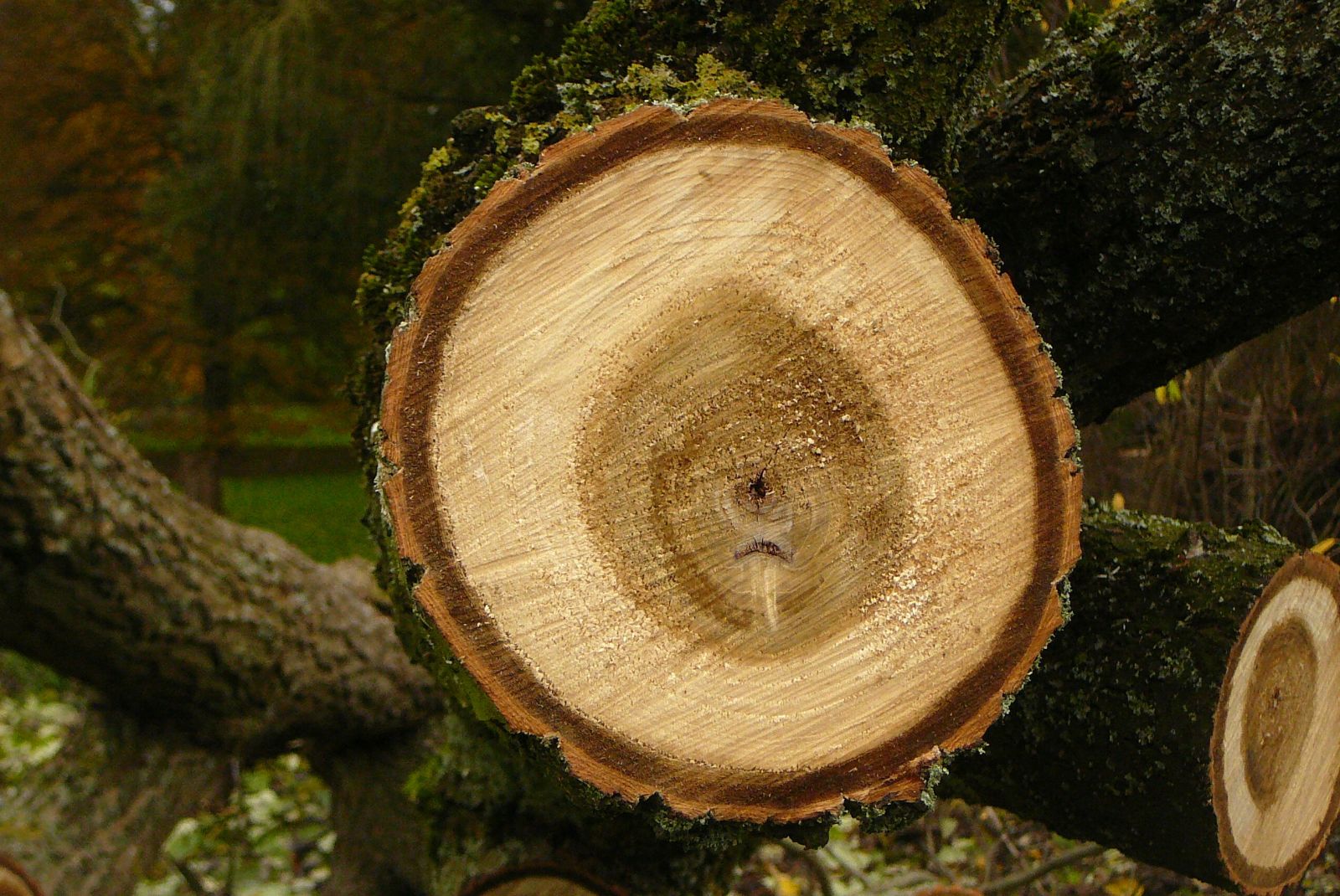Populus wilsonii
Credits
Article from Bean's Trees and Shrubs Hardy in the British Isles
Recommended citation
'Populus wilsonii' from the website Trees and Shrubs Online (treesandshrubsonline.
Genus
Other taxa in genus
- Populus acuminata
- Populus adenopoda
- Populus alba
- Populus angulata
- Populus angustifolia
- Populus balsamifera
- Populus × berolinensis
- Populus × canadensis
- Populus candicans
- Populus canescens
- Populus ciliata
- Populus deltoides
- Populus fremontii
- Populus × generosa
- Populus glauca
- Populus grandidentata
- Populus heterophylla
- Populus koreana
- Populus lasiocarpa
- Populus laurifolia
- Populus maximowiczii
- Populus nigra
- Populus purdomii
- Populus sargentii
- Populus simonii
- Populus szechuanica
- Populus tremula
- Populus tremuloides
- Populus trichocarpa
- Populus tristis
- Populus yunnanensis
A deciduous tree up to 80 ft high in the wild, of pyramidal shape, with a trunk 2 ft in diameter; young shoots soon glabrous, stout, not angled, olive-brown, becoming brown or purplish the second year; buds shining, slightly viscid. Leaves heart-shaped, bluntish at the apex, minutely toothed; from 3 to 9 in. long, 21⁄2 to 7 in. wide, dull pale green above, pale greyish beneath and soon quite glabrous on both surfaces; stalk up to 6 in. long. Female catkins slender, downy, 3 to 6 in. long; ovary very woolly in the young state; male catkins not seen.
Native of Central and W. China; discovered and introduced by Wilson in 1907. This poplar is related to P. lasiocarpa, which is easily distinguished by its downy shoots and bright green leaves with red midrib and stalk. P. wilsonii is a fine poplar, with leaves of a notable size, but is rarer in cultivation than its ally P. lasiocarpa, partly because it is difficult to raise from cuttings and has to be propagated by grafting. So far as is known there is only one clone in cultivation, which is female.
The following specimens have been recorded: Borde Hill, Sussex, 50 × 31⁄2 ft (est.) (1967); Edinburgh Botanic Garden, 36 × 2 ft (1967); Headfort, Co. Meath, Eire, 60 × 4 ft (1966); Annesgrove, Co. Cork, Eire, 60 × 5 ft (est.) (1968).

